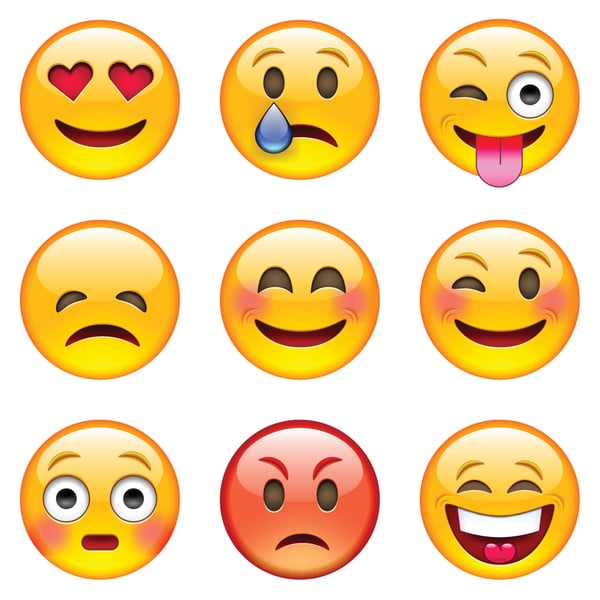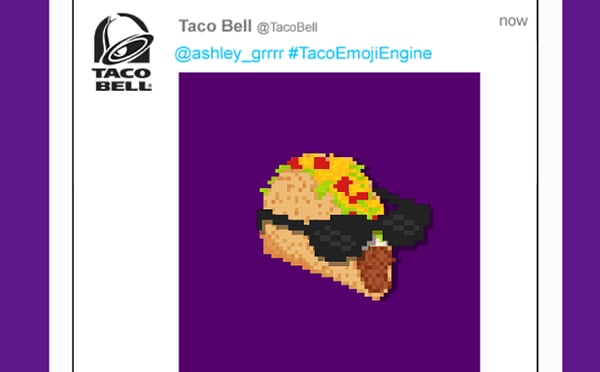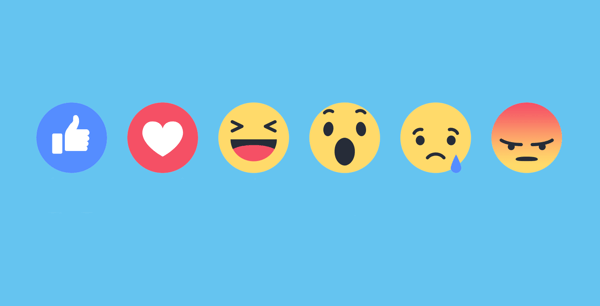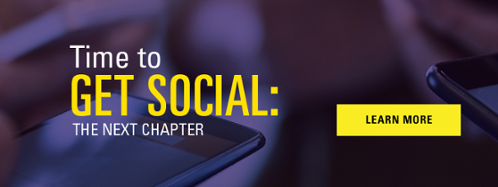
Emojis are a full-fledged cultural phenomenon embraced by virtually the entire online population.
Sometimes, it’s the little things that bring people together—a song, a sporting event, or a smiley face with heart-shaped eyes.
In the polarized social media world, emojis are the great unifiers, a warm virtual hug in the form of colorful hearts and clapping hands. Have bad news to deliver? Pop in a Crying Emoji Face and the news might go over a little bit easier.
If the world is searching for that one tiny thing we all can rally behind—it might have found it with these silly and sometimes snarky (I’m looking at you, Pile of Poo) pictographs. According to a study by Emogi, a real-time emotional intelligence tracker that decodes sentiment, practically everyone uses emojis—92% of the online population to be exact.
Emojis have thoroughly penetrated the cultural landscape. There’s emojipedia, an upcoming emoji movie and, my favorite, Emoji Dick—an emoji translation of the Herman Melville classic. If you doubt that emojis have become a full-fledged language, consider the fact that Oxford Dictionary named Face with Tears of Joy as its 2015 “Word” of the Year.
Big Business
Emojis aren’t just cute and fun, they’re the newest marketing sensation.
Brands are putting emojis at the center of creative marketing campaigns—integrating both custom-designed and standard emojis into broader advertising platforms.
In December, Spotify unveiled its custom-designed Abbey Road emoji in tandem with the release of the Beatles catalog on nine streaming sites. The Spotify hashtag--#BeatlesSpotify—generated four times as many mentions on Twitter than the standard #Beatles hashtag.

Image courtesy of Adweek.com
Taco Bell celebrated the release of a taco emoji on the Unicode 8.0 by unveiling a Taco Emoji Engine.
Why Emojis?
You know the old saying: A picture is worth a thousand words!
Emojis evoke excitement and glee. They’re also a universal language—no translation required—and inherently shareable.
What should brands think about?
Think big! Durex partnered with Twitter to create a custom-designed condom emoji for World AIDS Day—part of an effort to convince Unicode to add the emoticon to its standard character set, available on all operating systems.
Other brands have leveraged generic emojis to bring attention to their products. Dominos allows customers to order a pizza by tweeting the pizza emoji. Taco Bell lobbied hard to get Unicode to add a taco emoji—and then, after it won that epic battle, celebrated by launching a “Taco Emoji Engine” that provided customers with a mashup of taco-themed emojis.
Be warned: brands that deal with serious products and services should tread carefully. Goldman Sachs opened itself up to criticism when it used emojis to tweet about how millennial life choices are reshaping the economy—proving that a light-hearted touch is not always the best approach.

Image courtesy of Tech Insider
Facebook introduced five new animated emojis: Love, Haha, Wow, Cry and Angry—which join the classic Like.
Facebook Reactions
No discussion about emojis would be complete without a look at Facebook Reactions—the five new animated emojis rolled out as a companion to the classic “like” button. Launched last month, Facebook Reactions—which now includes Love, Haha, Wow, Cry and Angry, along with the old-standby Like— was a huge gamble given that so much ad revenue is based on how many “likes” a post generates.
For now, much of the buzz has swirled around the question of nuance—whether “liking” vs. “loving” a post is essentially a snub. That brings the entire emoji conversation full circle, since emojis are beloved precisely for their ability to soften impersonal digital communications.
Despite the strong demand, Facebook is still a no-go on the “dislike” button. And I doubt Mark Zuckerberg will change his mind any time soon. The one thing Facebook does not want to do is anger its paid sponsors. Can you imagine how a thumbs-down would go over with advertisers? Can you imagine what it would do to Facebook’s $245 billion valuation? 😱
Click on the image to download our free ebook for background on the top social platforms:





Let’s Connect
Ready to build, grow, manage and protect your brand? Complete the form below to discuss how we can help.